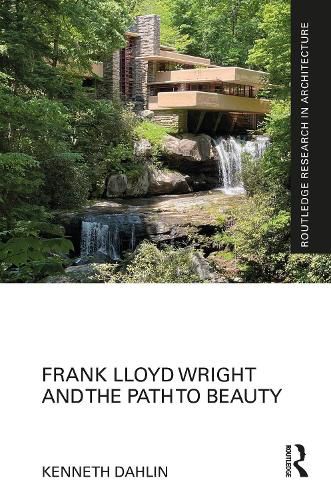This book connects Frank Lloyd Wright's organic theory with his pursuit of beauty, presenting a path for the recovery of beauty in architecture.
Whilst there has been a resurgence of interest in beauty in architecture recently, the modern uglification of our built environment means there is no clear pathway to define or find it. In this study, Wright's organic theory provides such a path to reclaim this beauty. Tracing the evolution of Wright's concept of organic architecture, author Kenneth Dahlin explores Wright's 'middle way'-a route mediating between traditional historical precedents and today's novelty-driven architectural culture, often detached from deeper notions of harmony and beauty. Chapters explore Wright's romanticist roots in the late 19th and early 20th century, including the House Beautiful movement, the centrality of Japanese aesthetics, and his concept of the integrated whole. Two chapters on Aristotle and Hegel ground Wright's pursuit of beauty in philosophical aesthetics, setting the stage for a concluding synthesis that unites the various strands of Wright's theory into a model theory of organic architecture for the future.
This book will be of interest to Frank Lloyd Wright scholars and enthusiasts, as well as postgraduate and advanced undergraduate architecture students.





